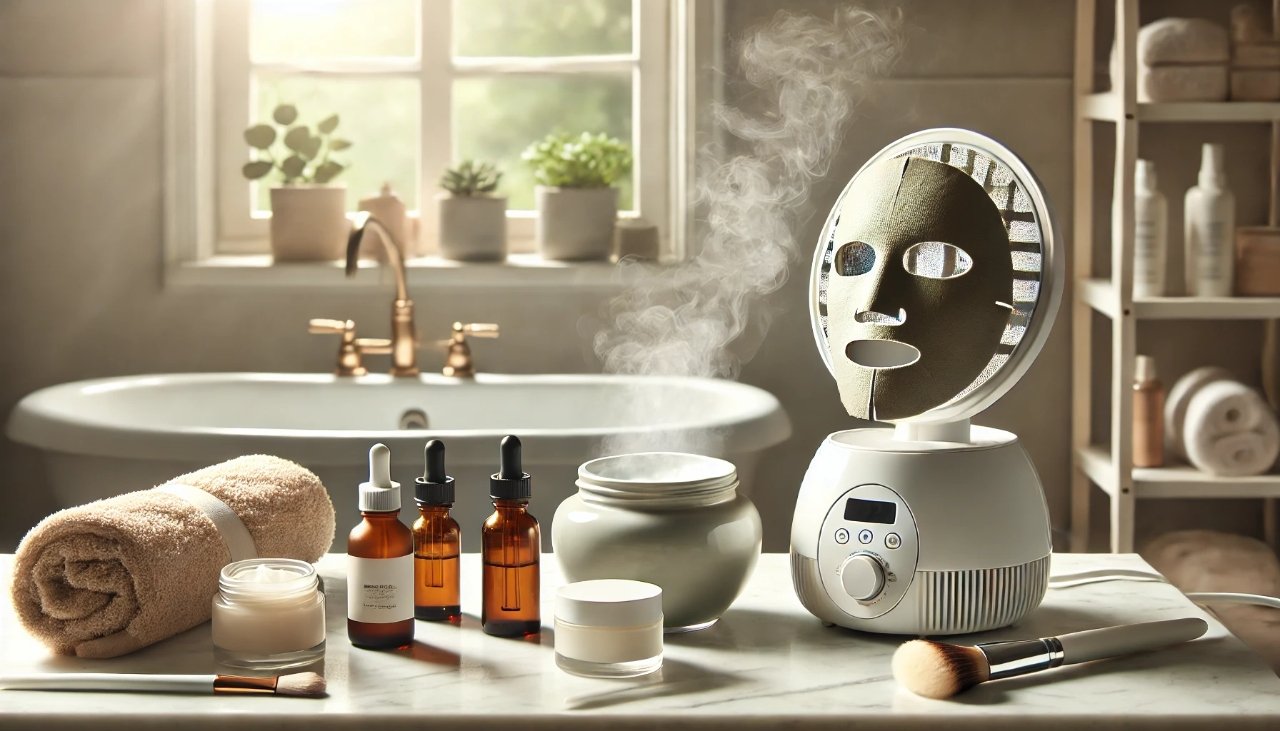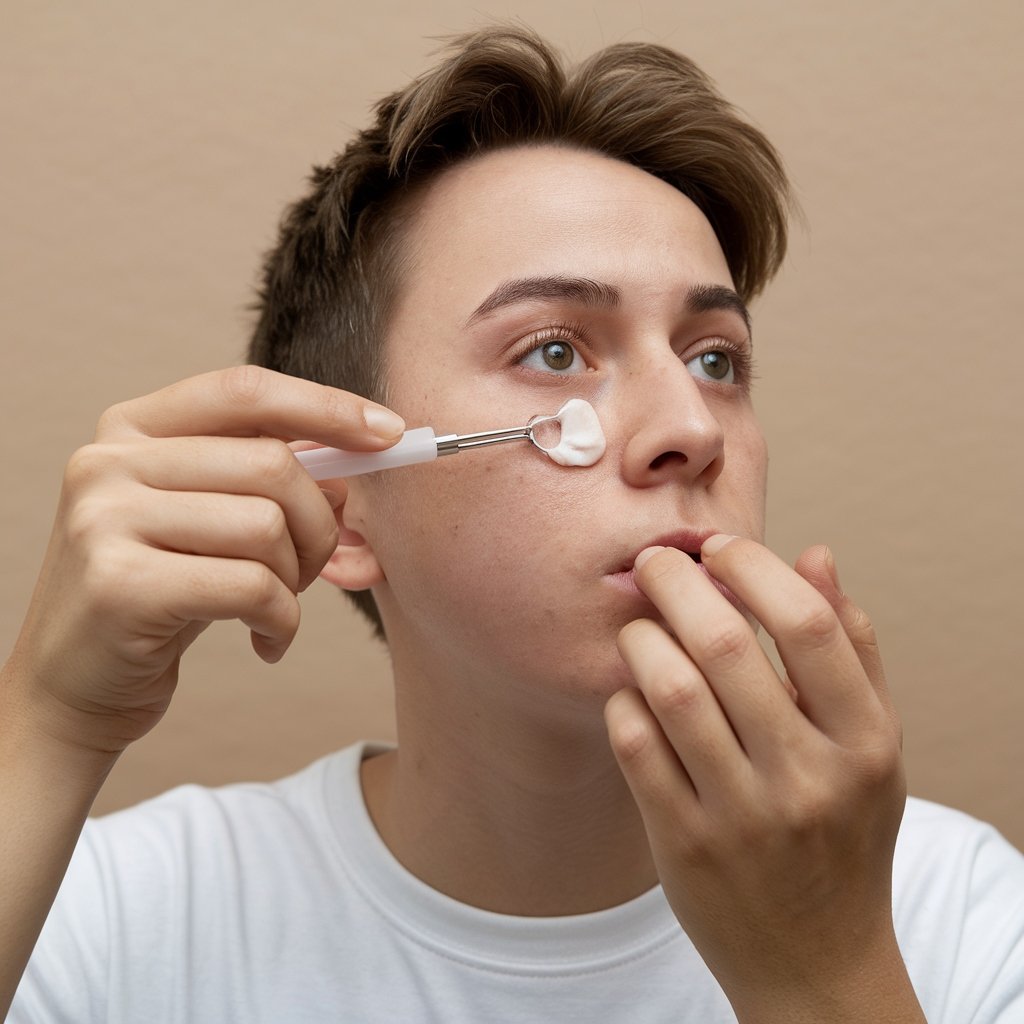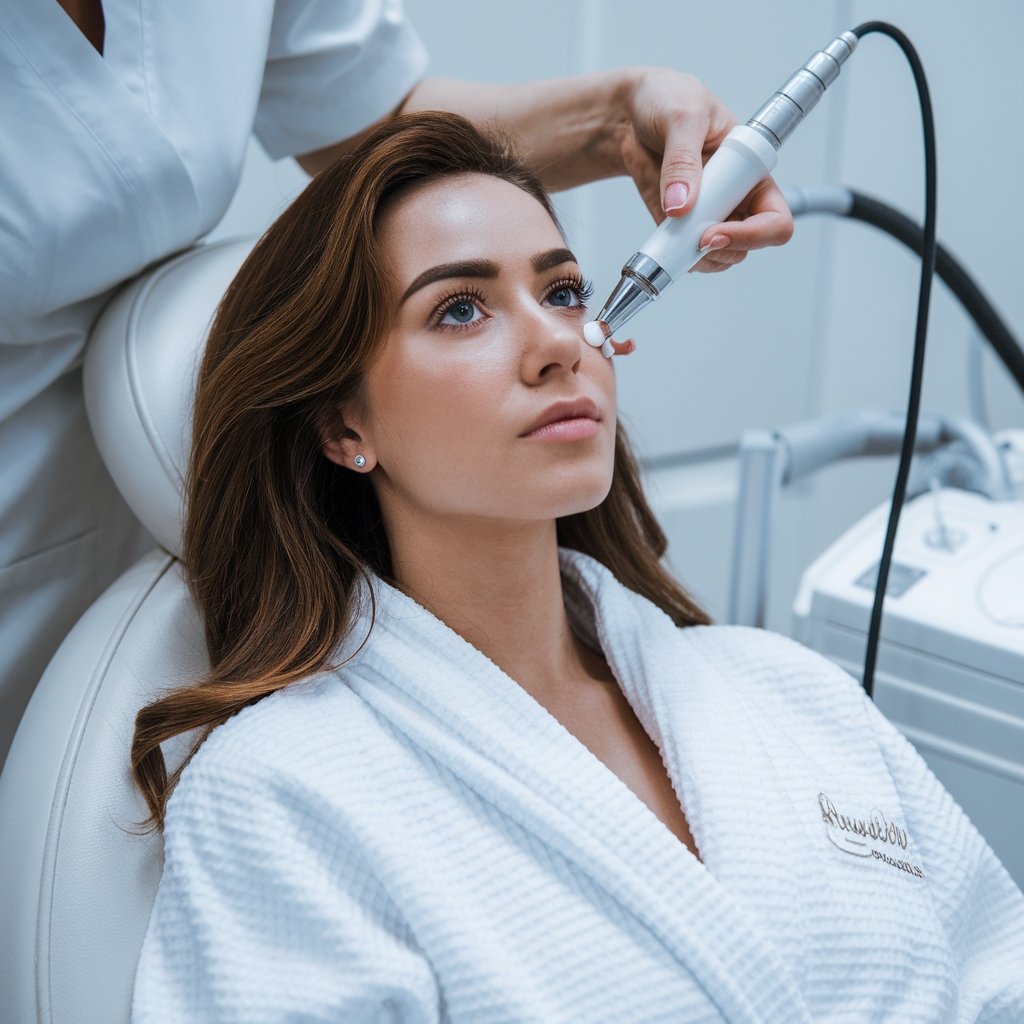Whiteheads, a common type of acne, can appear on anyone’s skin regardless of age. These small, white bumps form when dead skin cells, oil, and bacteria become trapped inside hair follicles. How to Remove Whiteheads? though not usually painful, whiteheads can be a source of frustration for many. Fortunately, there are simple and effective ways to manage and remove them.
Understanding Whiteheads
Whiteheads are closed comedones that develop when pores are clogged but remain covered by a thin layer of skin. Unlike blackheads, which are open and exposed to air, whiteheads retain a whitish or flesh-colored appearance. They often occur on the face, chest, back, or shoulders—areas prone to excess oil production.
Why Do Whiteheads Occur?
Various factors contribute to the formation of whiteheads:
- Hormonal changes, especially during puberty, menstruation, or pregnancy
- Excessive oil production by sebaceous glands
- Poor skincare routines or the use of pore-clogging products
- Environmental factors, such as humidity or pollution
By understanding these causes, it becomes easier to adopt preventive and remedial measures.
How to Remove Whiteheads at Home
Whiteheads can often be treated with natural or over-the-counter methods. Always begin by washing your hands and face to prevent introducing bacteria to the skin. For those dealing with additional skin concerns, such as tanning, you may also find helpful tips in this guide on how to remove tan from face.
1. Gentle Cleansing Routine
Using a mild, non-comedogenic cleanser twice a day can prevent excess oil buildup and help clear pores. Avoid harsh scrubs that may irritate the skin and exacerbate the problem.
2. Exfoliation
Regular exfoliation removes dead skin cells, reducing the chances of clogged pores. Opt for products with gentle ingredients like alpha hydroxy acids (AHAs) or beta hydroxy acids (BHAs). Chemical exfoliants are often better than physical scrubs for sensitive skin.
3. Steaming Your Face
Facial steaming opens up pores, making it easier to remove trapped impurities. After steaming, use a clean tissue or extractor tool to gently release whiteheads. Always disinfect tools before and after use.
4. Application of Spot Treatments
Products containing benzoyl peroxide, salicylic acid, or tea tree oil can be applied directly to whiteheads. These ingredients reduce inflammation and target acne-causing bacteria.
5. Clay Masks
Using clay masks once or twice a week can draw out impurities and excess oil from the skin. Look for masks containing kaolin or bentonite clay for the best results.
6. Hydration Is Key
Many people mistakenly believe that oily skin does not need hydration. In reality, using a lightweight, oil-free moisturizer helps maintain the skin’s balance and prevents overproduction of oil.
How to Prevent Whiteheads
Prevention is often more manageable than treatment. Adopting a consistent and suitable skincare routine can significantly reduce the likelihood of whiteheads.
1. Clean Makeup Brushes Regularly
Dirty brushes can harbor bacteria and lead to clogged pores. Clean brushes weekly with a gentle cleanser or a brush-specific cleaning solution.
2. Avoid Touching Your Face
Frequent face-touching transfers oil and dirt from your hands, contributing to pore blockages.
3. Opt for Non-Comedogenic Products
Choose makeup and skincare products labeled “non-comedogenic” to minimize the risk of clogged pores.
4. Maintain a Balanced Diet
Consuming foods rich in vitamins and minerals supports overall skin health. Limit dairy and high-glycemic foods, which have been linked to acne in some cases.
Professional Treatments for Whiteheads

When home remedies prove insufficient, professional interventions may be necessary. Dermatologists and estheticians offer several effective options for whitehead removal.
1. Chemical Peels
Chemical peels use acids to exfoliate the skin deeply, promoting the turnover of dead skin cells. These treatments can help reduce whiteheads and improve overall skin texture.
2. Microdermabrasion
Microdermabrasion gently exfoliates the skin, unclogging pores and stimulating cell renewal.
3. Manual Extraction
A dermatologist or licensed esthetician can safely extract whiteheads using sterile tools, reducing the risk of scarring or infection.
4. Prescription Medications
For severe or persistent whiteheads, dermatologists may prescribe retinoids, oral antibiotics, or hormonal treatments. These medications target the root causes of acne.
Do’s and Don’ts for Whitehead Removal
Do’s:
- Keep your skincare routine consistent and gentle
- Use sunscreen daily to protect the skin from UV damage
- Stay hydrated by drinking plenty of water
Don’ts:
- Avoid popping whiteheads with your fingers, as this can cause scarring
- Do not over-exfoliate, which can irritate the skin and worsen acne
- Steer clear of heavy, pore-clogging products
Whitehead Myths and Facts
It’s easy to fall for common misconceptions about acne care. Here are some clarified truths:
- Myth: Whiteheads are caused by dirt alone.
- Fact: While dirt contributes to clogged pores, other factors like hormones and excess oil production play a significant role.
- Myth: The sun clears acne.
- Fact: Sun exposure can temporarily dry out whiteheads but often leads to more oil production in the long run, worsening acne.
When to See a Dermatologist
If whiteheads persist despite following a solid skincare routine, or if they worsen, consulting a dermatologist is advisable. Professional guidance ensures appropriate treatments and prevents long-term skin damage.
Lifestyle Changes to Support Clearer Skin

Adopting certain lifestyle habits can promote healthier skin overall:
- Practice stress management techniques such as yoga or meditation
- Get adequate sleep, as rest supports skin repair and regeneration
- Exercise regularly to improve circulation and skin health
While taking care of your skin, it’s equally important to focus on overall health. If you’re ever dealing with an injury, such as a sprain, this guide on how to heal a sprained ankle overnight offers quick and effective tips.
How to Remove Whiteheads Without Scarring
To minimize the risk of scars, avoid aggressive techniques like picking or squeezing whiteheads. Stick to gentle, dermatologist-approved methods for safe and effective removal.
Natural Remedies for Whiteheads
Nature provides an array of skin-friendly ingredients that can aid in whitehead removal:
- Aloe Vera Gel: Known for its soothing properties, aloe vera reduces inflammation and helps keep pores clear.
- Honey: With its antibacterial properties, honey is an excellent spot treatment for whiteheads.
- Green Tea: Applying cooled green tea to the skin can reduce oiliness and provide antioxidant benefits.
How to Remove Whiteheads on Sensitive Skin
People with sensitive skin should exercise caution when choosing treatments. Opt for fragrance-free, hypoallergenic products and introduce new items gradually to test for reactions.
The Role of Consistency in Skincare
Consistency is crucial in managing whiteheads and maintaining overall skin health. Results may take weeks or even months to appear, so patience is key.
How Long Does It Take to Remove Whiteheads?
The time frame for whitehead removal varies depending on the severity and chosen methods. While mild cases may clear within a week or two, persistent issues may require professional intervention over several months.








